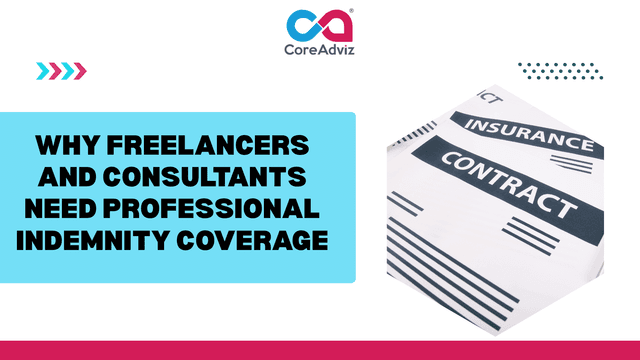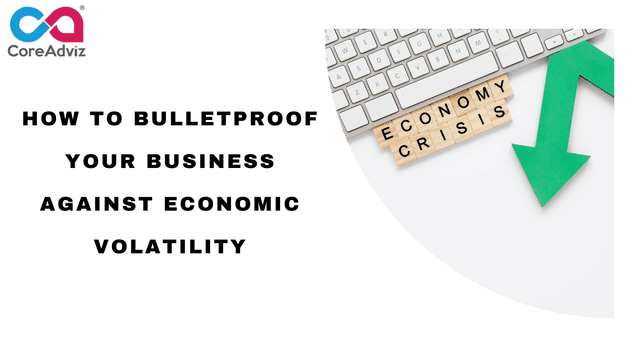
HomeBlog Small Business Budgeting & Forecasting Guide
Small Business Budgeting & Forecasting Guide
Kausik MukherjeeSmall Business
Like any other small business owner, you may also have to struggle to navigate a complex maze of challenges in the UK market. The most common is the frustration of delayed payments, which sometimes disrupts the entire cash flow. Needless to say, you also had to adapt your business to stay compliant with evolving regulations and deal with rising operational costs in the face of unpredictable market conditions. All these might appear too much frustrating. In such a scenario, budgeting and forecasting can be a game changer! They are lifelines that help small business owners plan, allocate resources wisely, and stay afloat during tough times. Let’s walk through the essentials of budgeting and forecasting for small businesses in the UK 2025.
Steps To Do Budgeting
1) Review past Financials
Have a quick view of your income and expenses in the last year. This will help you identify patterns, such as seasonal dips or rising supplier costs.
2) List All Fixed and Variable Costs
You must list all your fixed costs, such as rent, insurance, and salaries along with variable costs like raw materials or commissions that can fluctuate. It is crucial to understand them for budgeting. Listing your fixed and variable costs also helps to identify areas where you can reduce your costs.
3) Estimate Revenue
Use past sales data, market trends, and any confirmed orders to forecast revenue. Be realistic—overestimating can lead to overspending.
4) Factor in One-Off Costs
Are you planning a new marketing campaign or equipment upgrade? Build these into your budget to avoid running short of funds.
5) Set Financial Goals
Lastly, you need to set a clear financial goal that you can measure. This goal can be reducing your overheads by 10% or increasing your overall income by 15%. These help keep your business focused and accountable.
Steps To Do Forecasting
1) Choose the Right Time Frame
Short-term forecasts (monthly or quarterly) are best for managing cash flow. However, you can also choose long-term forecasts (yearly or beyond), as these help in strategic planning and investment decisions.
2) Implement a Realistic Approach
Prepare a realistic forecast by using past trends and historical data. Such an approach helps you prepare for different outcomes and reduces the chances of risk.
3) Monitor and Adjust Regularly
Every month, review the forecasts, compare them with actual results, and tweak them as needed.
4) Integrate Technology
Use accounting software available in the market to automate much of the forecasting process without the risk of any manual error, and you will also get real-time insights.
At Coreadviz, we work closely with small businesses across the UK to provide tailored budgeting and forecasting support. Whether you’re a startup needing your first financial plan or a growing business looking to scale sustainably, our team of expert accountants can help you build realistic budgets and forecast cash flow and revenue trends. Our accountants also assist in ensuring compliance with HMRC obligations.
Remember that budgeting and forecasting are not only for big corporations. These are also for small businesses. Always rely on accurate, historical data and leave no room for guesswork. However, you need to start early, stay consistent, and seek professional guidance when needed.




